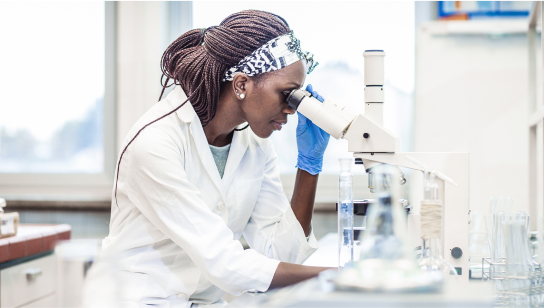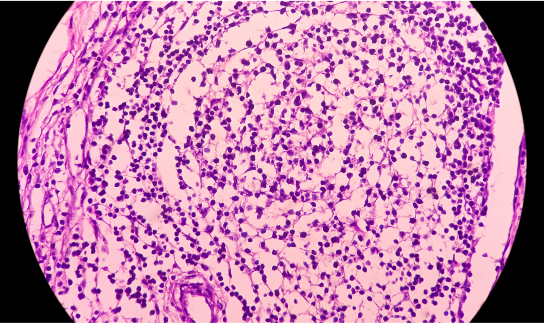Diagnosis

Biopsy
A biopsy is a procedure in which a small sample of tissue is removed from the prostate gland and examined under a microscope to check for the presence of cancer cells. A biopsy is the primary method used to definitively diagnose prostate cancer.
During a biopsy, a doctor will insert a thin needle through the rectum or the skin between the scrotum and anus, and remove small samples of tissue from several areas of the prostate gland.
A biopsy may be performed using ultrasound guidance, which allows the doctor to visualize the prostate gland and guide the biopsy needle to specific areas of the gland. A biopsy may also be performed with the assistance of MRI, which can help identify suspicious areas of the prostate gland that are more likely to contain cancer cells.
After a biopsy, the tissue samples are sent to a laboratory for analysis. The laboratory will examine the tissue samples under a microscope and check for the presence of cancer cells. If cancer cells are found, the biopsy will also provide information about the aggressiveness of the cancer and how far it has spread.
In some cases, the biopsy will not show cancer but will reveal changes in the size and shape of the cells in the prostate. This is called prostatic intraepithelial neoplasia.
Patients whose cells look significantly abnormal have a higher risk of developing prostate cancer. Men with this condition, called high-grade PIN, should undergo regular prostate cancer screenings, including digital rectal exams and PSA tests.
It is important to note that a biopsy can cause some discomfort and potential side effects, such as bleeding or infection. Your doctor will discuss the risks and benefits of a biopsy with you and help you decide whether it is the right choice for your individual case.

Preparing for a Prostate Biopsy
Communicating with your healthcare provider is the best course of action in preparing for a prostate biopsy. Your healthcare provider will be able to review the details of the procedure with you and answer any questions you may have. Be ready to discuss medical history, any medications you are currently taking, and any medication allergies. A prostate biopsy may require fasting, an enema, and sedatives if prostate biopsy anesthesia is necessary. Driving preparations may be appropriate for a transrectal procedure. In preventing infection, you will most likely take antibiotics before and after the prostate biopsy.
What to Expect After Prostate Biopsy
After your Prostate Biopsy, your healthcare provider will likely recommend you only do light activities for one to two days. The patient may feel slight soreness, and in some cases, experience light bleeding in the rectum, blood in their urine and stool, and notice slightly bloody semen. These symptoms can last anywhere from a few days to several weeks and are not uncommon.
Staging
If a biopsy indicates cancer is present then your doctor will discuss your cancer staging or the grade of cancer.

